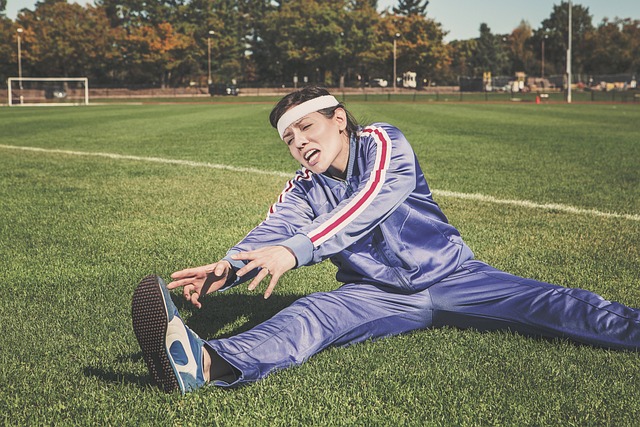
Emotional Expression Activities For Teens
Emotional Expression Activities For Teens
Teens often find themselves navigating a whirlwind of emotions, and sometimes, it can be tough to articulate what they’re feeling. That’s where art therapy comes into play! 🎨 Using creative activities, teens can express themselves in ways that words sometimes fail to capture. Below are some engaging art therapy activities that encourage emotional expression and help in managing feelings.
1. Color Your Feelings
Colors can evoke strong emotions. Grab some colored pencils or paints and create a piece of art that represents your current feelings. For example, blue might symbolize sadness, while yellow could represent happiness. This activity not only helps in recognizing emotions but also in understanding how different feelings can coexist.
2. Emotion Collage
Gather magazines, newspapers, or print images from the internet. Cut out pictures and words that resonate with how you feel. Assemble them on a poster board to create a visual representation of your emotions. This collage can serve as a powerful reminder of your feelings and can be a great conversation starter.
3. Journaling with Art
Combine writing and drawing by keeping an art journal. Write about your day or your feelings and illustrate it with doodles or sketches. This blend of words and images can provide deeper insights into your emotional state and can be a soothing ritual to unwind.
4. DIY Stress Balls
Sometimes, physical activities can help manage emotions. Make your own stress balls using balloons and flour or rice. Squeezing a stress ball can be a great way to release pent-up emotions and anxiety. Plus, it’s a fun DIY project!
5. Group Art Sessions
Getting together with friends for an art session can be both fun and therapeutic. Set up a space where everyone can create freely. Share your artwork and discuss what it means to you. This can foster connections and help everyone feel less alone in their experiences.
6. Nature Art
Take a walk outside and collect natural materials like leaves, flowers, or stones. Use these items to create art. This activity not only connects you with nature but also encourages mindfulness, allowing you to reflect on your emotions in a calming environment.
7. Music and Movement
Art isn’t just about visual expression. Create a playlist of songs that resonate with your feelings. Dance or move to the music, letting your body express what you might not be able to say. This can be a liberating experience and a great way to release emotions!
These activities are not just about creating art; they’re about understanding and expressing emotions in a safe and constructive way. Whether it’s through colors, shapes, or movement, art therapy can be a valuable tool for emotional regulation and self-discovery. So, grab your supplies and let your creativity flow! 🌈

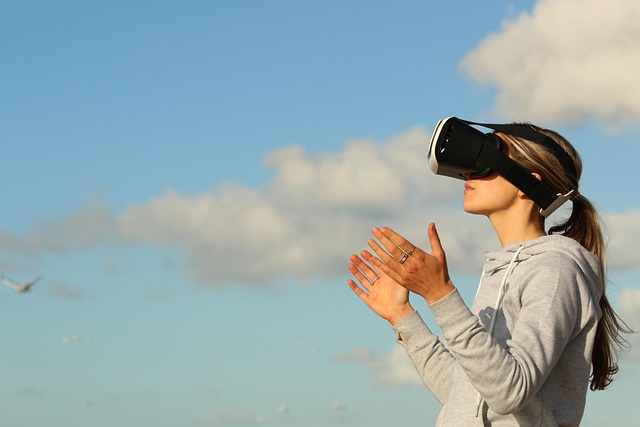
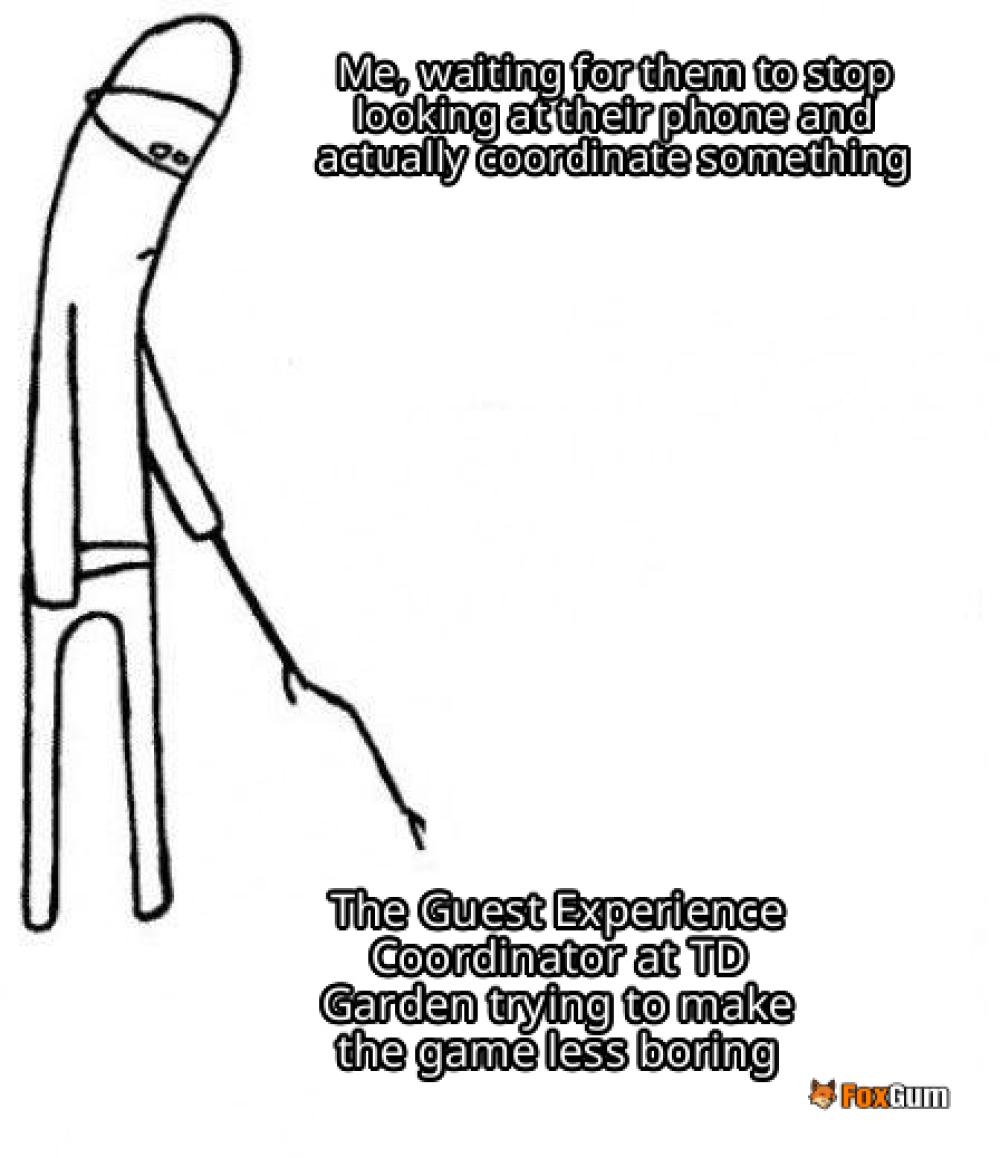

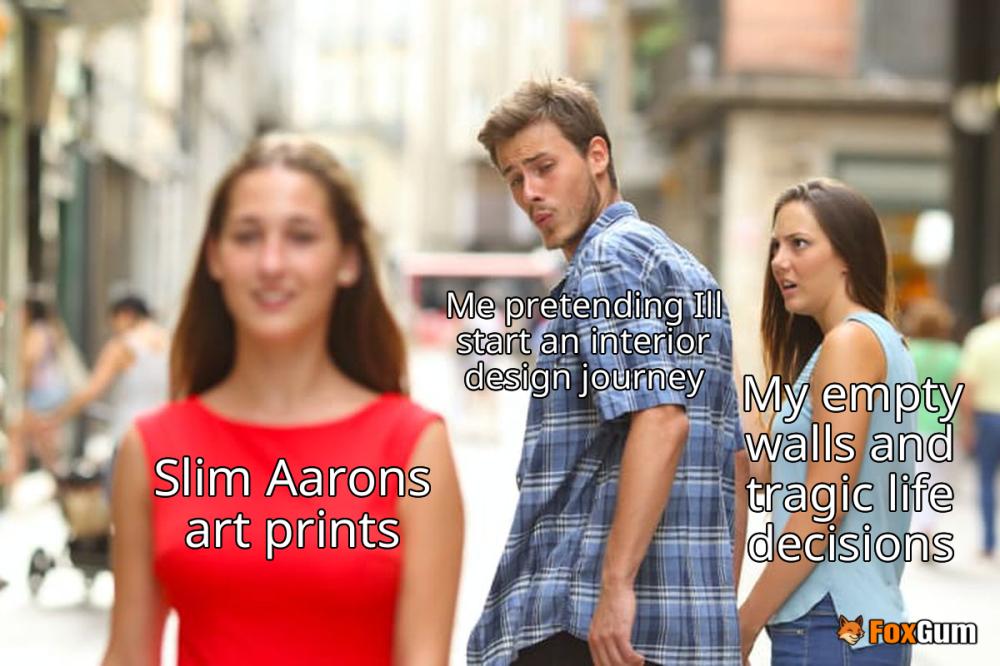
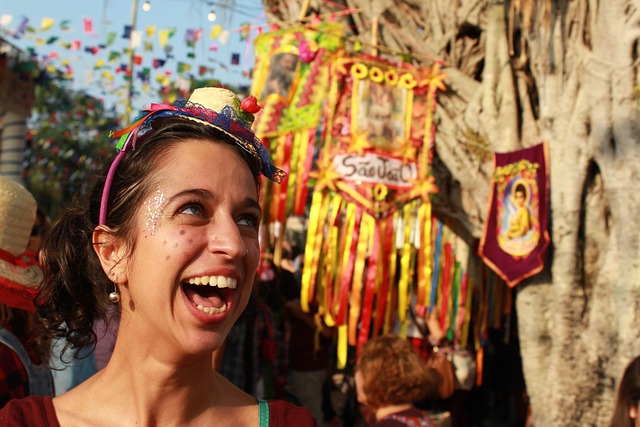


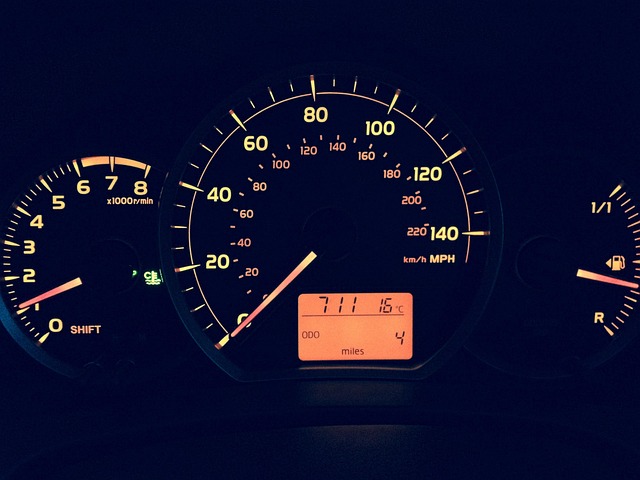

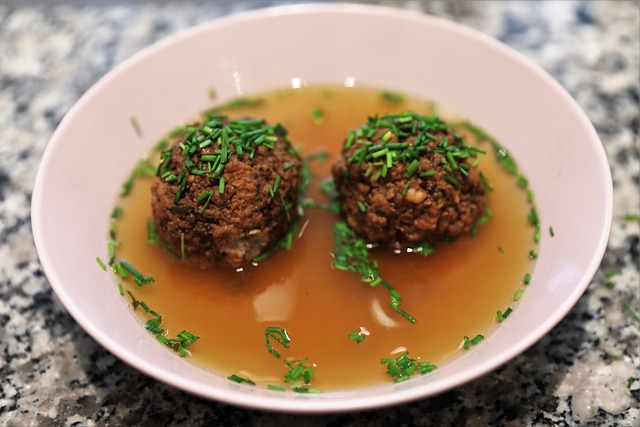
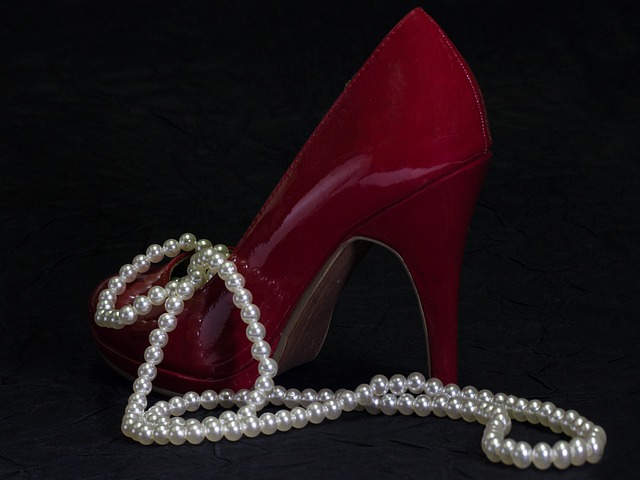
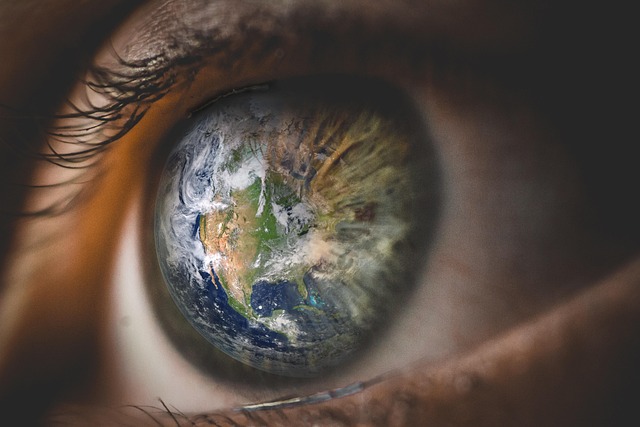




 Tiny URLs
Tiny URLs 
 Health
Health  Fitness
Fitness  Lifestyle
Lifestyle  Tech
Tech  Travel
Travel  Food
Food  Education
Education  Parenting
Parenting  Career & Work
Career & Work  Hobbies
Hobbies  Wellness
Wellness  Beauty
Beauty  Cars
Cars  Art
Art  Science
Science  Culture
Culture  Books
Books  Music
Music  Movies
Movies  Gaming
Gaming  Sports
Sports  Nature
Nature  Home & Garden
Home & Garden  Business & Finance
Business & Finance  Relationships
Relationships  Pets
Pets  Shopping
Shopping  Mindset & Inspiration
Mindset & Inspiration  Environment
Environment  Gadgets
Gadgets  Politics
Politics 